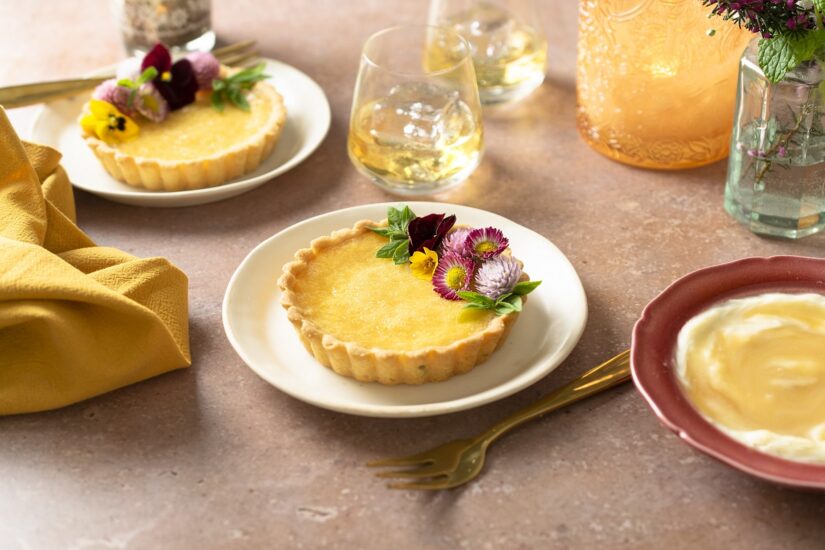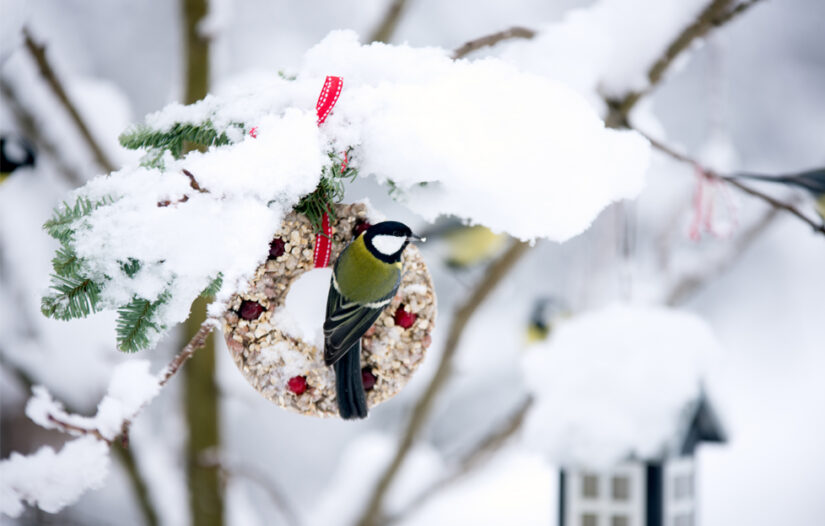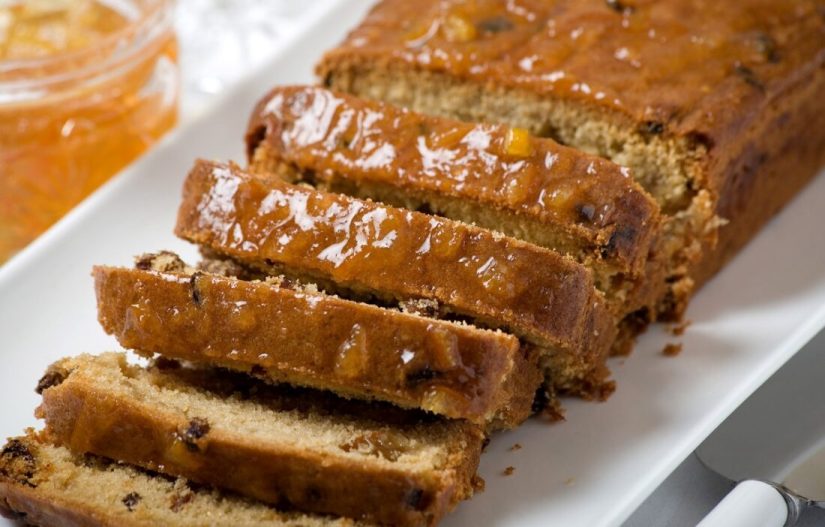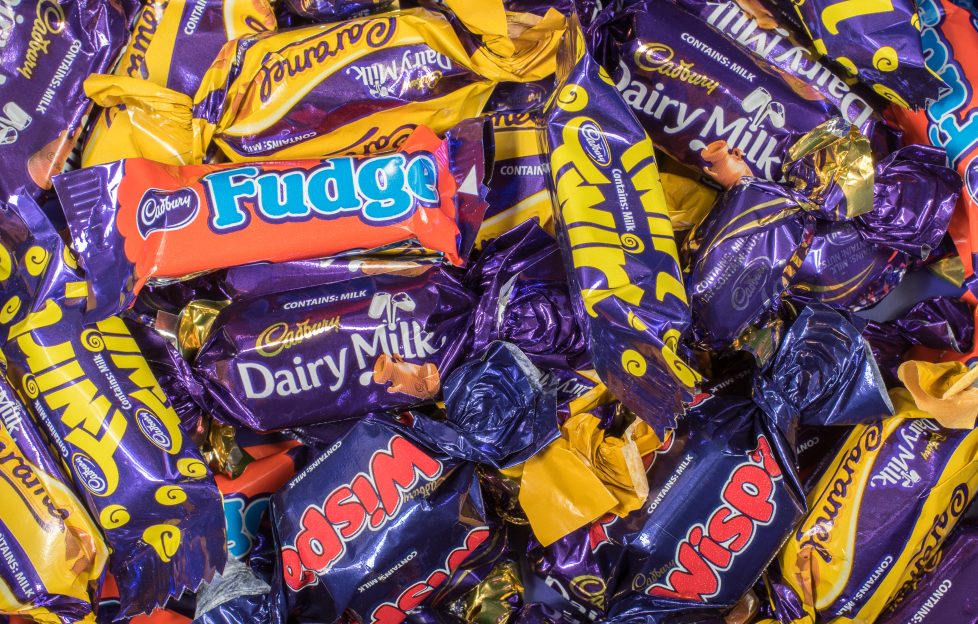 Shutterstock / Craig Russell©
Shutterstock / Craig Russell©The nation’s favourite Cadbury chocolate celebrates turning 200 today! Let’s cruise down the chocolate river and discover the history of this world famous brand.
It may be one of the biggest chocolate makers today, but Cadbury began as local grocers on Bull Street in Birmingham.
When John Cadbury opened its doors on 4 March 1824, chocolate was still only consumed as a beverage – ground by pestle and mortar. Chocolate was a bestseller at Cadbury’s and so business expanded soon requiring a warehouse in 1831.
However, it wasn’t John Cadbury who made the Cadbury name a household brand, it was his two sons Richard and George.
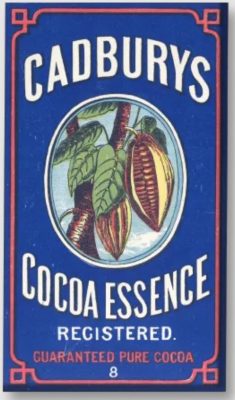
1866: Cocoa Essence
When the brothers took over the business, they purchased a highly sought after cocoa press from the Netherlands. They heard that the van Houten cocoa press squeezed out much purer cocoa butter than their own and that of competitors.
Believe it or not, most other manufacturers of the time were bulking out their cocoa with animal fat and sometimes even brick dust.
Cadbury’s drinking chocolate became 100% pure and they marketed it ‘Cocoa Essence.’ Sales rose so much that this one small investment propelled the company towards today’s big successes.
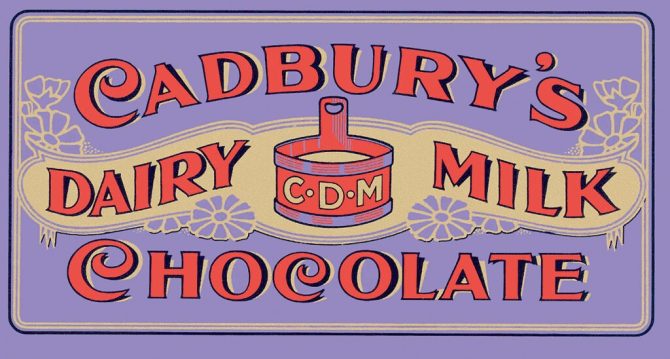
Credit: Cadbury
1905: ‘Dairy Milk’ chocolate bar
George Cadbury Jr was a ‘glass and a half’ full kind of guy. His dream was to create the creamiest chocolate bar in the world, and so he did.
This new milky recipe changed everything. Upon launch, the chocolate bar was nearly called Highland Milk or Dairy Maid, but a customer’s daughter suggested Dairy Milk and that just happened to stick.
By the 1920s, Dairy Milk had become the UK’s bestselling chocolate bar.
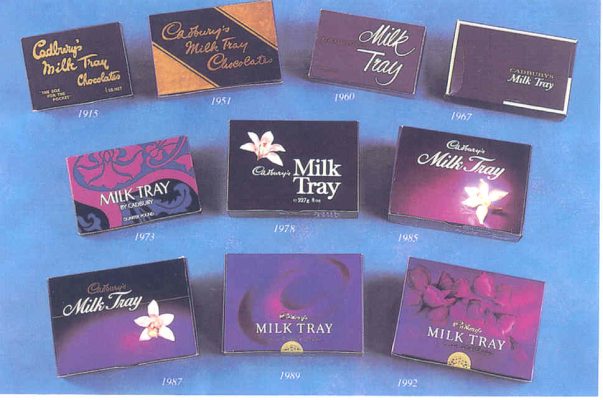
Credit: Cadbury
1915: Milk Tray made gift chocolates affordable
Shops that sold chocolate used to lay out trays of assorted milk chocolates, which customers could pick and choose from.
Cadbury’s Milk Tray creation changed the assorted chocolate game, making gift chocolates more accessed and affordable.
By 1960s it was a popular present in the UK.

Credit: Cadbury
1920: The accidental creation of a Flake
It was a bit of a fluke, the flake.
A factory worker with a keen eye spotted something interesting on the production line. When chocolate overflowed from the moulds, it fell into these intricate ripples and folds.
Thus, the flake was born. These days the flake is an essential component of another British staple, the 99 ice cream cone.
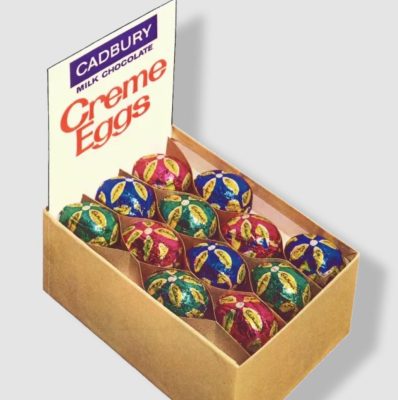
Credit: Cadbury
1971: The Creme Egg!
When Easter rolls around, so does the creme egg.
This gooey, cream-filled chocolate egg was an instant hit and it remains a much anticipated Easter-time sight.
The correct way to eat a creme egg is still up for debate, though.

